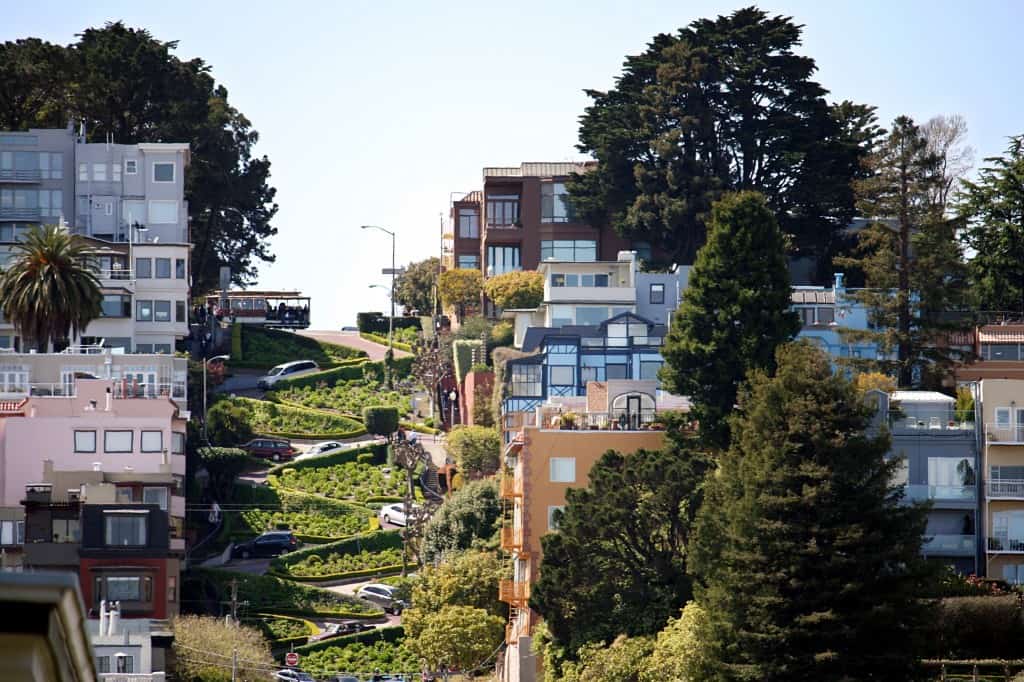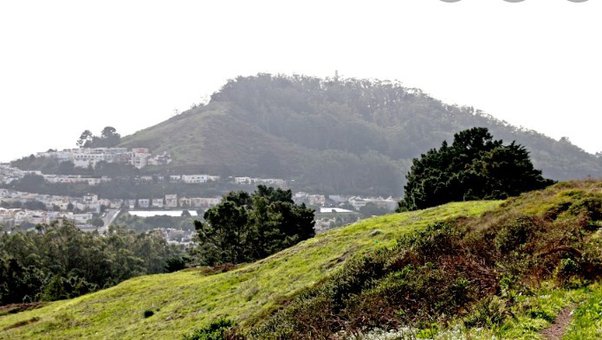San Francisco Hills – Here To Know!

San Francisco hills offer more than just breathtaking views; they provide a backdrop for unforgettable personal journeys. Explore San Francisco hills and uncover the magic that awaits around every corner.
San Francisco hills are a defining feature of the city, offering stunning views and unique neighborhoods. From the iconic slopes of Nob Hill to the charming streets of Russian Hill, exploring these hills is a must for any visitor to San Francisco Hills.
This article discusses the iconic hills of San Francisco, highlighting their significance in the city’s history, culture, and geography. It explores the origins of the hills.
San Francisco’s Iconic Hills – Let’s Learn!
San Francisco Hills are a defining feature of the city’s landscape, shaping its neighborhoods and offering breathtaking views.
These hills, including Nob Hill, Russian Hill, and Telegraph Hill, are not just geographical features but also integral parts of San Francisco’s history and culture.
Nob Hill, once home to mansions of the city’s elite, still boasts luxury hotels and stunning vistas. Russian Hill, named for a small Russian cemetery, is now a vibrant residential area with eclectic shops.
Telegraph Hill, known for Coit Tower and its Filbert Steps, offers a glimpse into the city’s past and stunning views of the bay. These hills, among others, create a unique and picturesque backdrop for the City by the Bay.
Exploring The Heights Of San Francisco Hills – Let’s Explore!

Exploring the heights of the San Francisco hills offers a unique adventure with stunning views and rich history. Nob Hill, once home to railroad tycoons and now a posh neighborhood, provides a glimpse into the city’s opulent past.
Russian Hill, named for its early settlers, offers charming streets and the famous winding Lombard Street. These hills, along with Twin Peaks and Mount Davidson, showcase San Francisco hills diverse landscape and offer a memorable experience for visitors and locals alike.
1. Nob Hill:
Nob Hill, named for its wealthy “nabobs” or tycoons, was once home to the mansions of railroad barons and is now dotted with luxurious hotels and elegant apartment buildings.
Russian Hill, with its steep streets and stunning views of the bay, gets its name from a small Russian cemetery discovered during the Gold Rush era.
2. Telegraph Hill:
Telegraph Hill, known for Coit Tower and its wild parrots, offers visitors a chance to climb its historic Filbert Steps for panoramic views of the city and the bay.
Rincon Hill, once a fashionable residential area, has transformed into a modern high-rise district with luxury condominiums and apartments.
3. Twin Peaks:
Twin Peaks, rising nearly 1,000 feet above sea level, provides breathtaking views of the city and beyond. Mount Sutro, named after former Mayor Adolph Sutro, offers serene forested trails for hikers and nature lovers.
Finally, Mount Davidson, crowned by a 103-foot concrete cross, is not only the highest point in the city but also a symbol of San Francisco’s diverse religious heritage.
Why Is San Francisco Full Of Hills – Let’s Discover!

San Francisco is full of hills due to its unique geological history and urban development. The city’s hills were formed by tectonic activity, specifically the movement of the Earth’s crust along fault lines.
The subduction of the oceanic plate beneath the continental plate pushed the land upwards, creating the hills we see today.
When San Francisco Hills was founded during the Gold Rush era in the mid-19th century, the steep terrain posed a challenge for city planners and developers.
However, the rapid population growth during that time necessitated quick and efficient urban expansion. As a result, the city was built over the existing hills.
The introduction of cable cars in the late 19th century allowed San Francisco to expand further into the hilly terrain, connecting neighborhoods and facilitating transportation. Today, the city’s hills are not only a geographical feature but also a defining aspect of its character.
How Many Hills Are In San Francisco – Let’s Discover San Francisco Hills!
It’s hard to pinpoint the exact number of hills in San Francisco; it all depends on how you define a hill and if having a name is a requirement for the hill to be “official.”
In 1958, the San Francisco Chronicle published a series of articles on the hills of San Francisco a year later, in 1959,
Chronicle Publishing pulled them together in a book “Hills of San Francisco” listed 42 hills, possibly 43 if Twin Peaks is counted twice. Another source claims 53 hills, while an explorer suggests there are at least 74, with 63 having official names.
Despite this, San Francisco is often called the “City of Seven Hills,” a title that reflects its historic and geographical significance rather than a strict count of hills.
The seven hills often cited include Telegraph Hill, Nob Hill, Russian Hill, Mount Davidson, Twin Peaks, and Mount Sutro, with the seventh hill varying depending on the source.
What Are The Least Hilly Neighborhoods To Live In San Francisco Hills

San Francisco Hills, known for its iconic hills, also offers neighborhoods with more gentle terrain. The Sunset, Richmond, and Mission districts are among the least hilly areas, making them popular choices for residents seeking easier navigation.
The Embarcadero and the semi-industrial Dogpatch and Bayview neighborhoods also feature large stretches of flat land. These neighborhoods provide a respite from the challenging slopes that characterize much of the San Francisco Hills landscape, offering a more accessible living environment.
San Francisco Hills Sunset District is known for its family-friendly atmosphere and diverse population. It’s also home to Golden Gate Park, providing residents with plenty of outdoor recreational opportunities.
The Richmond District, located just north of the Sunset, offers a similar suburban feel with a mix of residential and commercial areas.
The Mission District, known for its vibrant culture and arts scene, has become increasingly popular in recent years.
Frequently Asked Questions:
1. Which is the steepest hill in San Francisco hills?
Filbert Street, particularly between Hyde and Leavenworth, is often considered the steepest hill in the city, with a grade of just over 31%. However, the steepest street is Bradford Street, specifically the portion just above Tompkins, in the Bernal Heights neighborhood.
2. Why does San Francisco have so many hills?
San Francisco’s hills were formed by tectonic activity, specifically subduction, where the oceanic plate slid under the continental plate, pushing Earth upwards. The city’s rapid growth during the Gold Rush led to development across these hills rather than flattening the terrain.
3. How do the hills in San Francisco Hills affect the city’s weather?
The hills in San Francisco Hills contribute to the city’s microclimates, with some areas experiencing more fog or wind than others. The elevation of the hills can also affect temperatures, with cooler temperatures often found at higher elevations.
4. What are some popular activities to do on San Francisco’s hills?
Popular activities on San Francisco’s hills include hiking, sightseeing, and picnicking in the parks. Many hills also offer opportunities for photography and enjoying panoramic views of the city.
Conclusion:
In summary, San Francisco’s famous hills are more than just parts of the landscape – they’re a big part of what makes the city special. With their steep streets and amazing views, these hills are a key part of San Francisco’s history and culture.
Read:




